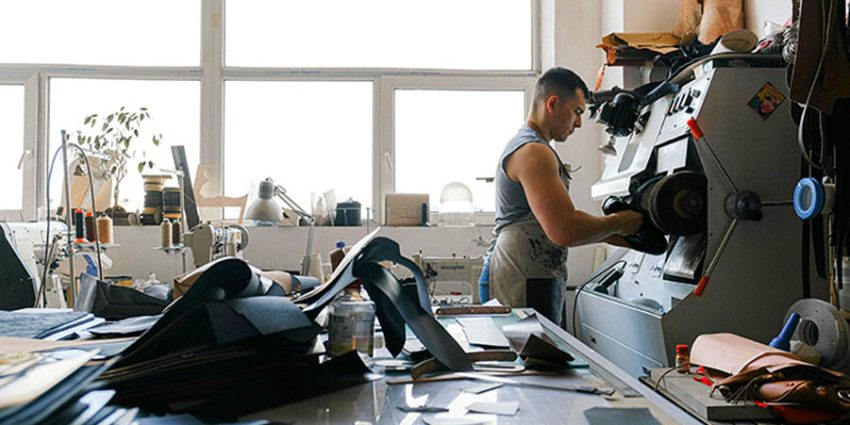Steel is strong, but raw metal alone isn’t enough. A tool’s performance depends on more than just its shape—it’s about how the metal is refined, hardened, and strengthened. That’s where heat treatment comes in.
A blade that dulls too quickly. A punch that bends under pressure. A cutting edge that chips when it should glide. These aren’t just flaws in design—they’re signs of metal that wasn’t properly treated. Heat treatment transforms raw steel into something that can withstand impact, resist wear, and maintain precision over time.
Strength Without Brittleness
Harder isn’t always better. A tool that’s too hard becomes brittle, prone to chipping and breaking under stress. A tool that’s too soft wears down quickly, losing its edge long before it should. Heat treatment finds the balance, making metal strong enough to hold up under pressure while maintaining the flexibility needed to absorb force.
- Quenching rapidly cools metal to increase hardness.
- Tempering reduces brittleness, keeping tools from snapping under strain.
- Annealing refines the grain structure, making the metal more workable.
Each step fine-tunes the steel’s internal structure, ensuring it performs consistently under tough conditions.
Wear Resistance That Lasts
Tools face constant friction, impact, and stress. Without heat treatment, steel wears down fast, losing effectiveness long before its time. A properly treated tool holds its edge longer, resists deformation, and keeps performing even after repeated use.
- Blades stay sharper with less frequent sharpening.
- Punches retain their shape instead of rounding out.
- Impact tools resist cracking even under heavy force.
Durability isn’t just about material—it’s about how that material is strengthened and refined.
Precision at the Microscopic Level
Heat treatment doesn’t just change how metal feels—it alters its entire structure at a microscopic level. Controlled heating and cooling refine grain patterns, eliminate weak points, and ensure that every part of the tool works as intended.
- Cutting edges become more uniform, improving precision.
- Load-bearing components distribute stress more evenly.
- Friction surfaces hold up better against wear and tear.
A well-treated tool isn’t just stronger—it’s more predictable, performing the same way every time.
Conclusion
Heat treatment is more than just a step in production—it’s the process that gives tools their durability, reliability, and performance. Without it, even the best-designed tool would fail under pressure.
The right heat treatment makes tools last longer, work better, and stand up to the demands of real-world use. It’s the invisible science behind every strike, cut, and impression. When craftsmanship meets metallurgy, great tools aren’t just made—they’re engineered to endure.

